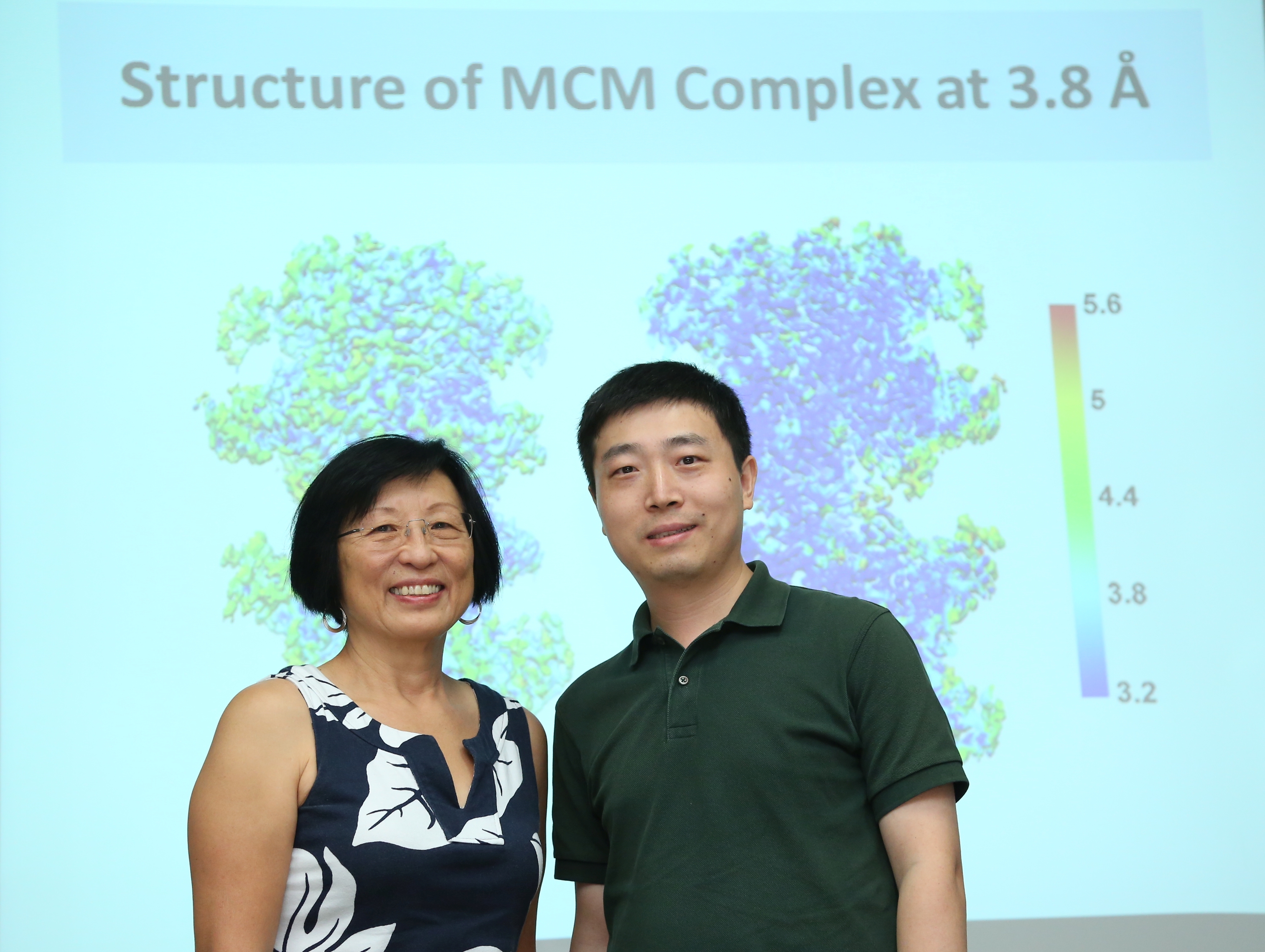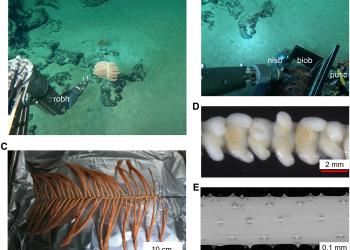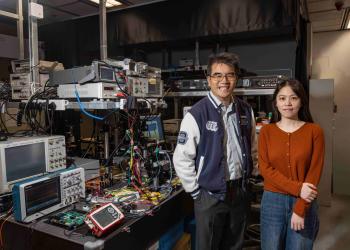HKUST-Tsinghua University Scientists Solve the Structure of the MCM2-7 Complex that Destabilizes Duplex DNA for Unwinding
A team of scientists from the Division of Life Science and HKUST Jockey Club Institute for Advanced Study at the Hong Kong University of Science & Technology, and School of Life Sciences at Tsinghua University are the first to solve the near atomic structure of the MCM2-7 Complex, which plays a key role in destabilizing and unwinding duplex DNA during DNA replication.
The work is published in an article in the journal Nature on July 29, 2015 (http://dx.doi.org/10.1038/nature14685) and highlighted in a commentary in News and Views in the same issue (http://www.nature.com/nature).
In eukaryotes, the first step of DNA replication initiation involves the binding of a 12-subunit MCM2-7 ring complex to replication origins (initiation sites) by encircling the duplex DNA. Although there are vast studies on the biochemical properties of this complex, its exact role in melting and unwinding DNA is unknown.
Using state-of-the-art cryo-EM technology, the team of scientists led by Prof Ning Gao at Tsinghua University and Prof Bik Tye at HKUST solved the structure of the MCM2-7 complex at 3.8Å, a resolution that has never been achieved before for this large complex.
Solving the structure of the MCM2-7 complex would provide insights into the mystery of how the very stable and inert structure of duplex DNA is disrupted at replication origins during the initial step of DNA replication. Important lessons learned from this study are highlighted in the News and Views of the same issue of Nature (http://www.nature.com/nature).
Prof Bik Tye is Visiting Professor in LIFS at HKUST. Her interest in the mechanisms for DNA replication dated from when she established her own laboratory at Cornell University as Assistant Professor. Her group published the initial paper in 1983 that identified the MCM2-7 genes as key components in DNA replication. Dr Yuanliang Zhai is Research Assistant Professor in LIFS and Junior Fellow of Jockey Club IAS. He is instrumental in pushing the purification of the MCM2-7 complex to large enough quantities and high enough quality for cryo-EM imaging.
For media enquiries, please contact:










